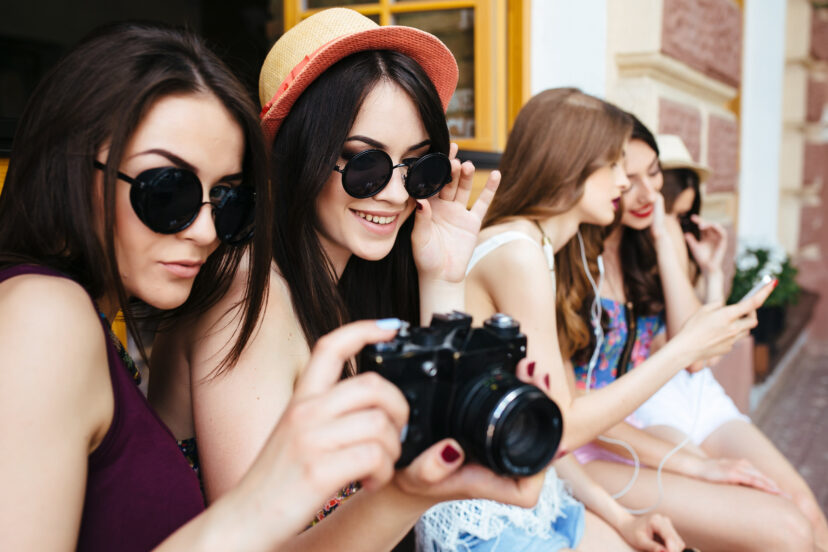Best Camera Settings for Street Photography
Street photography is all about capturing raw, real-life moments—and when the sun goes down, things get even more interesting. If you’ve ever struggled to find the best camera settings for street photography at night, you’re not alone. The night adds magic, but it also brings a whole new set of challenges.
In this guide, I’ll walk you through exactly how I set up my camera for night street shooting, and why those settings work. Let’s dive in.
Why Street Photography at Night is So Special
Mood, Mystery, and Light
There’s a certain cinematic magic that comes out after dark. Street lights, neon signs, glowing shop windows—all these become your lighting toolkit.
Telling Stories Through Shadows
At night, shadows are deeper and more dramatic. I love using them to add tension or mystery to an image—like a visual whisper.
Challenges of Shooting at Night
Low Light and High Contrast
Let’s be real—your camera doesn’t love the dark. Night scenes are often a tricky mix of really bright and really dark areas.
Motion Blur and Focus Issues
Without enough light, your camera might struggle to lock focus or freeze motion. That’s why having the right settings matters big time.
The Best Camera Settings for Street Photography at Night
Now for the good stuff. Here’s what I’ve learned after many late-night photo walks.
Shutter Speed
Freeze or Blur Movement Creatively
Start around 1/125s if you want to freeze people walking. Want a bit of creative blur? Try 1/60s or even 1/30s. Just be careful of too much hand shake.
Aperture
Controlling Depth and Exposure
Go wide—f/1.8 to f/2.8 is ideal. This lets in more light and adds gorgeous background blur. Just be mindful of focusing—depth of field is super shallow at these apertures.
ISO
Balancing Sensitivity and Noise
This one’s all about compromise. I typically start at ISO 1600 and go as high as 3200 or even 6400 if needed. Modern cameras handle noise surprisingly well now.
Additional Camera Settings That Help
White Balance
Set it manually or choose “Tungsten” to cool down those orange streetlights. You can fine-tune it later in post.
Focus Mode
Use Single Point AF and focus on a subject’s face or a key element. Or switch to Manual Focus if autofocus keeps hunting.
Metering Mode
I prefer Spot Metering at night. It exposes for exactly what I want, like a face lit by a neon sign.
The Ideal Shooting Mode at Night
Manual vs. Aperture Priority
Aperture Priority is fast and works well when light levels are fairly even. But at night, I find Manual Mode gives me the most control.
Why I Prefer Manual for Night Streets
Manual lets me lock in the perfect balance of shutter speed, aperture, and ISO—without the camera second-guessing me.
Gear That Makes a Difference at Night
Lenses with Wide Apertures
A 35mm or 50mm f/1.8 prime lens is a street photographer’s best friend at night. It’s light, sharp, and bright.
Using a Tripod or Going Handheld
Personally, I go handheld—it’s faster and more flexible. But if you’re doing longer exposures or static scenes, a mini tripod is great.
Consider a Mirrorless Camera for Better Low-Light Performance
Mirrorless systems like Sony Alpha or Fujifilm X-series have great high-ISO handling and focus peaking for manual focus.
>>> Best wide aperture lenses HERE <<<
Composition Tips for Night Street Photography
Use of Light Sources Creatively
Look for light pools on sidewalks, reflections in puddles, or silhouettes in front of glowing signs. Light is your composition guide.
Framing Subjects in the Dark
Use doorways, windows, and shadows to frame your subject. Even empty space can be powerful when used with intent.
Editing Tips for Night Street Photos
Managing Noise in Post
Use noise reduction carefully—too much will erase texture. Tools like Lightroom’s Detail panel or DxO PureRAW work wonders.
Boosting Shadows and Contrast
Night shots often need a contrast boost. Pull up shadows just enough to reveal details, but keep that moody vibe intact.
Mistakes to Avoid When Shooting at Night
Overexposing Artificial Light Sources
Street lamps and neon signs can easily blow out. Keep an eye on your histogram and use exposure compensation when needed.
Forgetting to Check Focus Often
It’s easy to miss focus in low light. Zoom in after a few shots to make sure you’re nailing it.
Wrapping It All Up
So there you have it—your go-to guide for the best camera settings for street photography at night. Night photography may seem intimidating, but with the right setup and a bit of practice, it becomes addicting.
Remember, gear matters—but vision and patience matter more. Embrace the shadows, follow the lights, and let the streets tell their story.
>>> Best wide aperture lenses HERE <<<
FAQs
1. What shutter speed should I use for night street photography?
Start at 1/125s to freeze movement. Go slower for motion blur, but be careful of camera shake.
2. What’s the ideal ISO setting for night photos?
ISO 1600 to 3200 works for most scenes. Don’t be afraid to go higher—modern cameras handle noise well.
3. Should I shoot in RAW or JPEG at night?
Always shoot in RAW. It gives you more flexibility when editing exposure, white balance, and shadows.
4. Do I need a tripod for night street photography?
Not necessarily. I usually go handheld. But for very low shutter speeds or cleaner compositions, a tripod helps.
5. What’s the best lens for night street photography?
A fast prime lens like a 35mm or 50mm with f/1.8 or wider aperture is ideal. It’s light, sharp, and great in low light.




